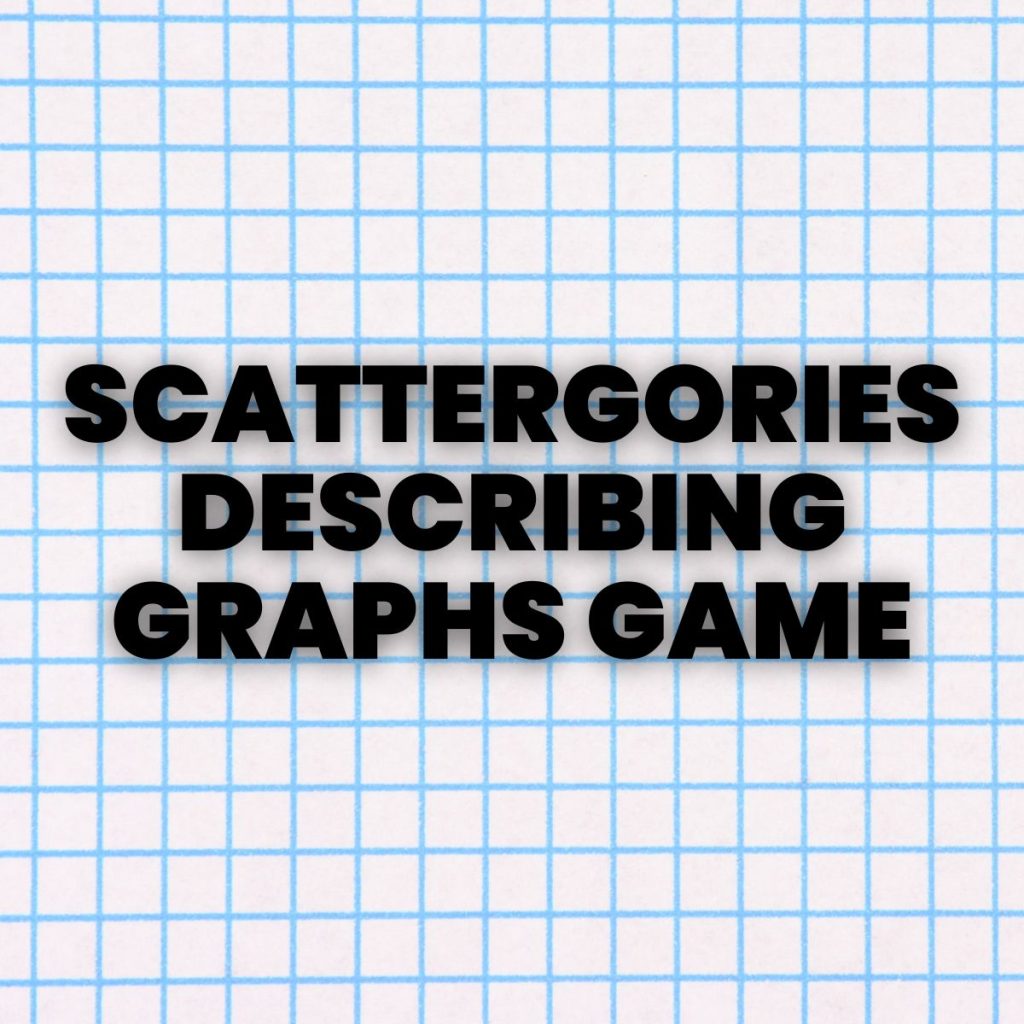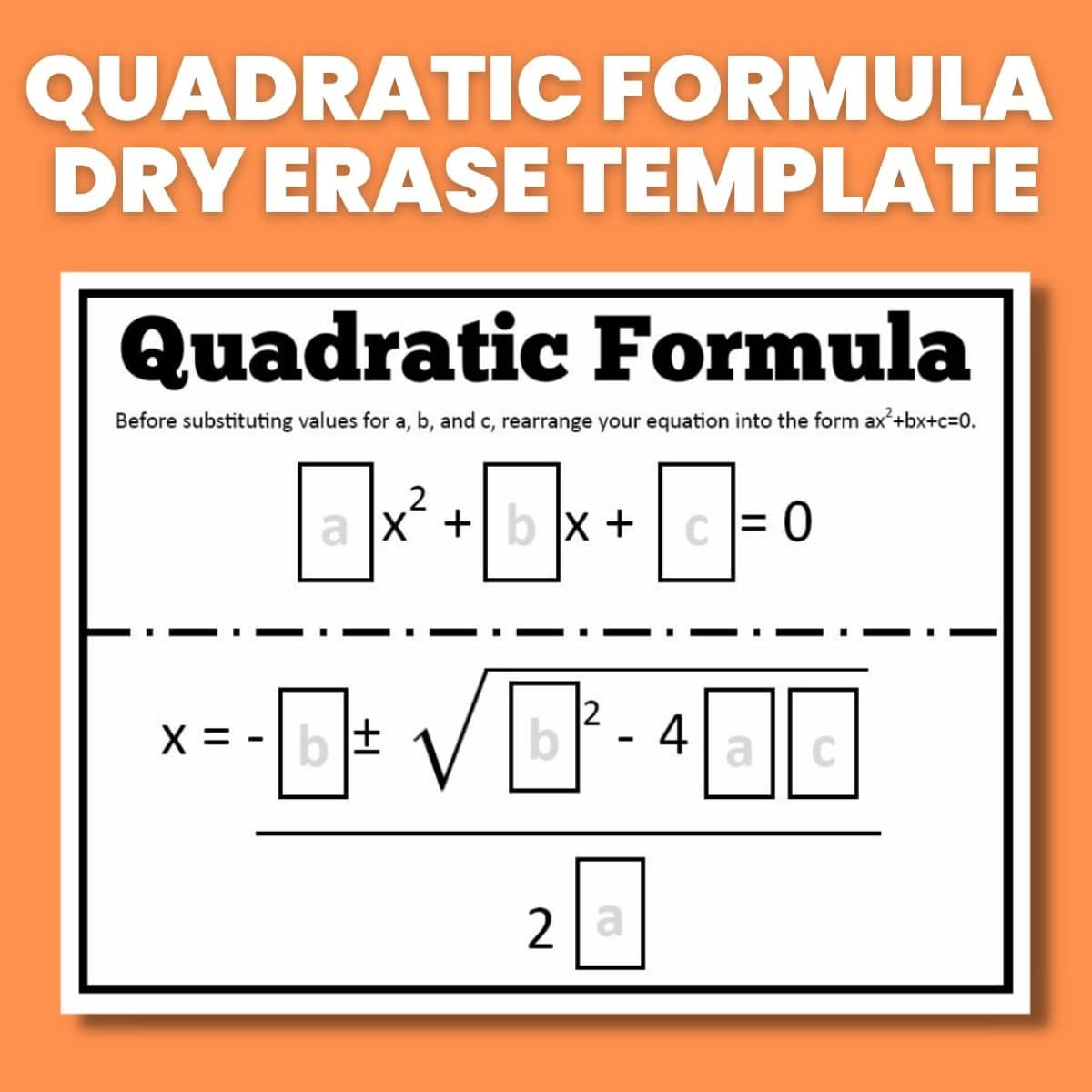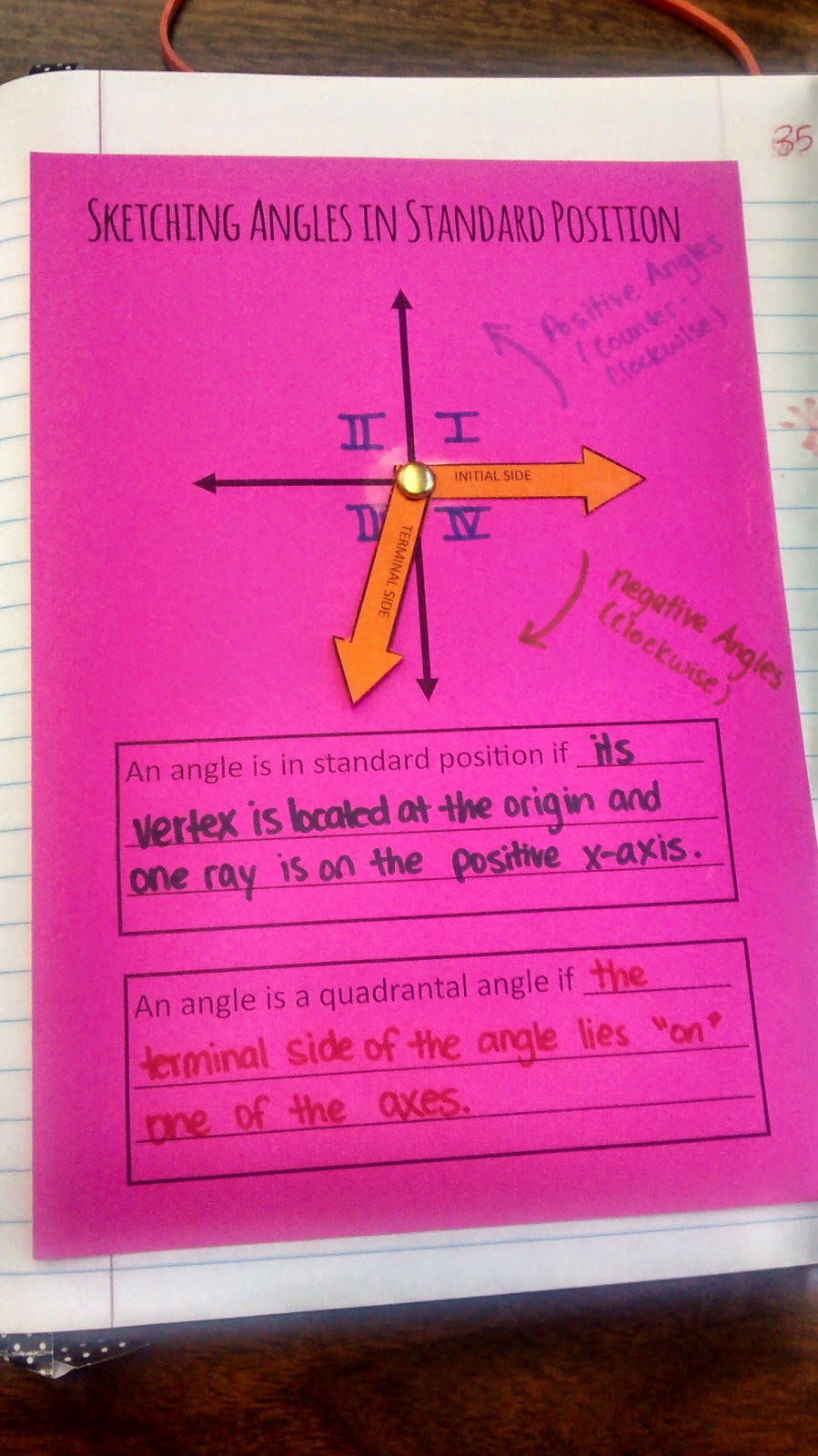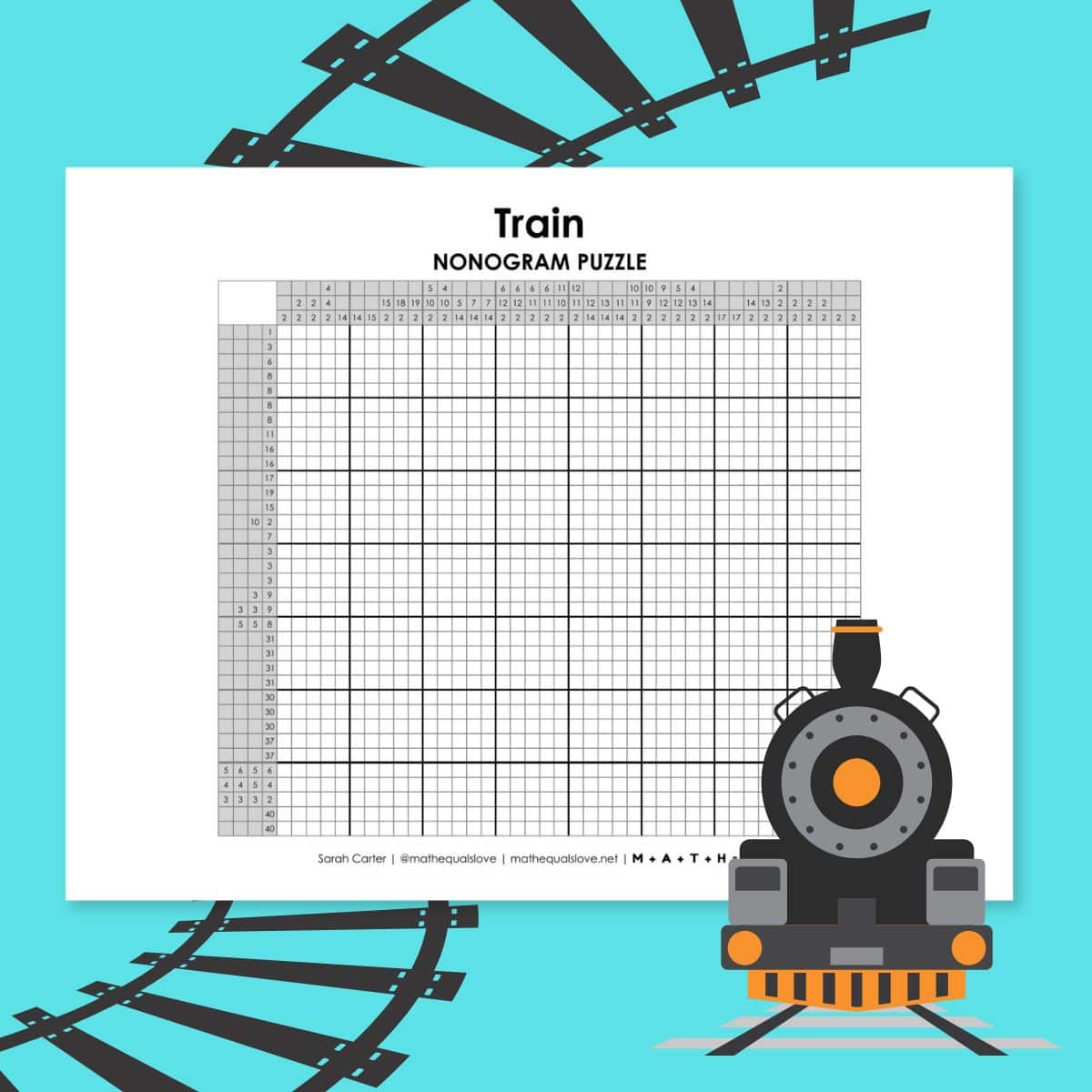Scattergories Style Describing Graphs Game
So, I’m about to share an idea for a describing graphs game with you that I have no idea if it would actually work. I haven’t tried this out in my classroom. One of the presenters at the conference I’m at this week presented an idea yesterday for bellwork.

I’m kinda attached to my current way of doing bellwork, but I decided that it was a worthwhile activity and I needed to incorporate it into my classroom in some form or fashion. I love to play games in my classroom. Maybe that’s because I’m a very competitive person. I have a sister who is three years younger than me, and we competed at everything growing up. We competed to see who could climb in the car, shut the door, and buckle up the fastest. On road trips, we would compete to see who could count the most cows out their window. Around Christmas time, we would change this to counting houses with Christmas lights. Over the years, we’ve played countless games of Scrabble, Monopoly, Uno, Checkers, Chess, Bananagrams, and a million other games.
My students like playing games in class because they don’t think it counts as work. They are almost always doing the same amount of work or more than if I had just given them a worksheet. But, if they don’t want to see it that way, I’m not going to complain.
I have a special affection for word games. But, as a math teacher, I’ve never quite figured out how to make them mathematical enough to use in my classroom. Here’s both the original idea and my Scattergories style adaptation.
Original Idea
Our students need to be able to describe graphs using the correct terminology. One of the Standards for Mathematical Practice is that students will be able to attend to precision. Attend to precision means that students will “try to use clear definitions in discussion with others and in their own reasoning.”
As bellwork, project a graph on the board. For Algebra 1 students, this could be a simple linear graph. For Algebra 2 students, this might be a quadratic function or a piecewise function.
Number the board from 1-10. Challenge the students as a class to write 10 different descriptions of the graph. Examples: The line has a positive slope. The x-intercept of the graph is at (2,0). The line goes through the point (5,7). The domain of the graph is all real numbers.
After the class has come up with ten statements, discuss whether each statement is correct or incorrect. Modify the incorrect statements to make them correct.
My Gamified Version
I can’t exactly decide what to call this activity. My ideas thus far: Describing Graphs Showdown, Graphing Scattergories, Graphing Scattergories Showdown. I’m not super-thrilled with any of these, so if you have a better name, please, please, please leave me a comment!
Divide the class up into groups. Give each group a specific section of the dry erase board or give each group their own large dry erase board to write on at their desks. (I think it needs to be big enough for all of the students to write on if they choose.) Project a graph. Set a timer for 2-3 minutes. (This time limit might change once I actually complete this activity with students!)
In groups, students write as many one-sentence descriptions of the graph as possible. To be eligible to count for credit, all answers must be in complete sentences and only include ONE fact about the graph. So, they could not write “The slope is 3, and the y-intercept is 2” because that includes two facts. And, “Slope 3” would also not count because it is not a complete sentence.
When time is called, everybody takes a seat. If group-sized whiteboards were used, these could be propped up in the tray of the dry erase board / chalk board for the entire class to see. The scoring of the game works a lot like Scattergories. If two or more teams have the same answer, everybody has to mark it off their list. The group with the most unique (and correct!) answers wins.
As a class, the students will verify all of the statements that Group 1 made about the graph. If other groups also made that statement, the statement will be marked off all of the lists. If a statement is incorrect, students will discuss why it is incorrect, and it will also be marked off of the list.
Group 2’s remaining statements will then be verified, etc. After each group’s statements have been verified and all matching statements have been erased or marked out, each team counts the number of remaining unique and correct statements to find their score.
The team with the highest score wins. (Ties could be broken by looking to see which team had the most correct descriptions regardless of uniqueness.)
Why I Can’t Wait to Try This Out
This past year, I taught my students learned how to solve a lot of different types of problems, but their vocabulary was majorly lacking. A lot of this was my fault. I didn’t force them to attend to precision. A lot of times, I didn’t even attend to precision myself. As part of the Oklahoma Geometry and Algebra Project, I gave all of the Algebra 1, Geometry, and Algebra 2 students in my school a Common Core style test at the end of the year. This week, I received the rubric to start grading these. When my students were asked to explain their reasoning, I knew what they meant. But, they didn’t use the vocabulary and structure that will be looked for when the Common Core assessments are graded. My students need to be precise with the vocabulary usage. I need to be precise with my vocabulary usage. I cringed when I read a lot of my students’ answers because they answered questions using a lot of the same terminology I used in class. Because I wasn’t clear, they weren’t clear.
Grading these tests has also shown me that my students hate to write. Next year, I need to emphasize the importance of writing in complete sentences. The more my students do it, the better they will become at it. Yes, they’ll complain. But, I’m not going to give in. My students need to learn how to write. Writing should not be confined to English class.
This activity is structured in such a way that students will be learning from students. It won’t be me at the front of the classroom explaining for the umpteenth time what an x-intercept is. If this activity works as I hope it will, mathematical conversations will be sparked. Questions will be asked. And, the depth of this activity will grow with my students. If we did this every single day for 10 minutes for an entire week, I think the quality and type of answers would improve dramatically. On the first day, students might not be thinking about domain and range. As different groups come up with different descriptors, other groups will follow suit. If students want to win, they will have to dig deeper and think harder. The team that wins will be the team that is continually adapting their strategy.
I also believe that this activity helps fulfill the 3rd Standard for Mathematical Practice: Construct viable arguments and critique the reasoning of others. As a class, students will have to determine whether other statements that they did not come up with are indeed correct. I want my students to not be afraid to ask questions. I want them to learn to respectfully disagree with other students. Basically, I just want my students to talk about math as much as possible.
I think this would work great as a “Oh no, my students got done with this activity ten minutes faster than I thought they would, and I don’t have anything else planned” activity. Surely, I’m not the only teacher who needs a few of those in their back pocket.
Ideas? How can I make this better? And, it still needs a cool name!







Sorry no cool name ideas, but I am really trying to change the way I speak in the classroom. One of the hardest changes I've made is the vocabulary I use when giving them equations. I use to use "the sum of four and the quantity…" blah blah blah only when actually working on working on writing expressions. Now I try to speak like that every time I give them an equation to solve or graph so they get use to it.
You are brilliant. I'm definitely implementing this practice in my classroom next year! One of my goals for next year is to better model how I want my students to do math. And, that starts by making sure that I am always using proper vocabulary and phrasing. I need to use units every time it is appropriate. My students are watching us and learning from us whether it appears that way or not.
How about "Graphagories" for the name? I like the way that this could grow with your students' knowledge. I would keep the time frame short for writing descriptions (because no one will ever get points if they have a lot of time). Thanks for sharing!
I like the name! And, I agree with what you said about the time frame. I need to figure out the perfect amount of time that will allow for teams to come up with some answers that overlap but not too many unique answers at the same time.
What is a "dry erase pocket"? I know it's not in this post, but I just went through every post you ever made (whoa, long morning!) and I saw it mentioned a bunch of times.
Hi Justin,
Dry erase pockets are plastic sleeves that allow you to slip any sort of worksheet, graphic organizer, or template in. Usually, my students use them with blank paper on one side and graph paper on the other. The students can use their dry erase markers on the plastic so it functions like a dry erase board.
A lot of times you can pick them up at some place like the dollar store. The ones you can get from a teacher supply store tend to be thicker and more durable. In my classroom, I have an older version of what are now called Smart Pals. Here's the link if you want to see exactly what they look like: https://www.eaieducation.com/Product/533821/SmartPAL%c2%ae_Jr_Sleeve_Black_-_Set_of_10.aspx
I have seen other teachers who just give their students sheet protectors to use, and they serve the same basic purpose.
You said one of the math practices is to critique the reasoning of others and you could accomplish this by figuring out if a group's description is accurate…you could also have groups decide which responses are actually the same and need to be wiped out as in: the y- intercept is 3 for a linear graph and another team writing, the point (0,3) is on the graph. Wouldn't these technically wipe each other out? Great discussion!
Super fun! Can't wait to try it!
I love this modification! I definitely need to make sure that my students realize that there are often different but equivalent ways to say the same thing in mathematics. This does just that. And, it will force students to really think. Thanks so much for your input!
I love all of your ideas and this sounds great! I wanted to share, since I feel like I have been stealing many ideas from you.
I used a game called All or Nothing this year. Pick two categories, like Function/Not a Function or Rational/Irrational. Have enough cards made up for everyone but one student. Students then determine which category they fall under. The remaining student will determine if the class is correct… but can get input from the rest of the class. They start to discuss and explain why x is incorrect. If the class in correct they score all the points for the day, if the class is incorrect they would get zero points for the day. I've used it as an "exit" for class. Rather than points, sometimes I give no or less homework for the night.
Another new incorporation for this year was pass the card. Students create their own problem (based on current topic) and place it on a notecard along with a name or initials. Once the problem is created, the student calculates the answer and put this on a different sheet of paper. Notecards are passed several times (create a path to follow, I will stop on about the 5th person getting the notecard) and this person will then figure out the answer to the problem. The notecard is passed again (several times) and this person figures out the problem. Have the 3 people who have calcualted the answer compare their answers. If they agree, great (chances are they are correct). If one or more disagree, a great discussion will take place. If you are unsure the the types of questions you will get, you can have them create the problem the day before, work out the problems and complete the exercise the next day. Again, they are getting practice without even thinking about it. They just think it is fun!
These are great ideas! I'll definitely keep these in mind as I start to plan my curriculum for next year. (And, you should definitely think about starting your own blog to share ideas! It sounds like you have a ton of great ones!)
Nice idea
How about "Graphcattergories?" Sounds good to me!
I like this name and another name that someone else offered above. Hmm… I may just have to let my students vote for what to call this game after we play it the first time.
Hi Sarah, just started reading your ideas. Congrats on year #1! I was just thinking–I wouldn't use the word "graph" in the title at all. Think about how you could easily adjust this activity by putting an equation on the board! Then, just as with your original plan, students list what they know based on the equation. This could be done with different forms–slope-int, standard, point-slope. Maybe not as many things will be listed if you still want it to be quick but still just as beneficial. I'll be reading more of your ideas. Thanks! KSK
You could just call it "Wipe Out" or something more general like that. KSK